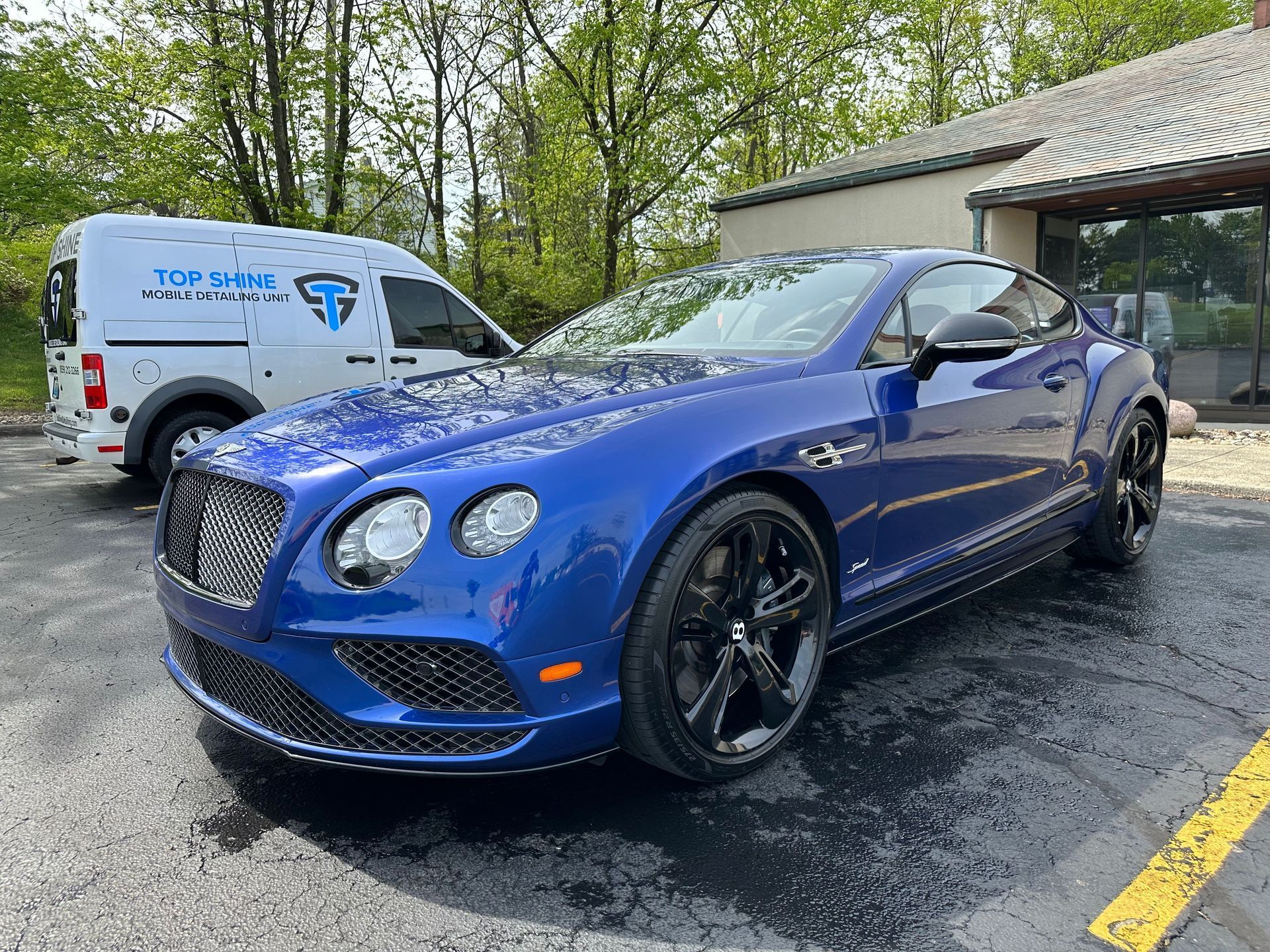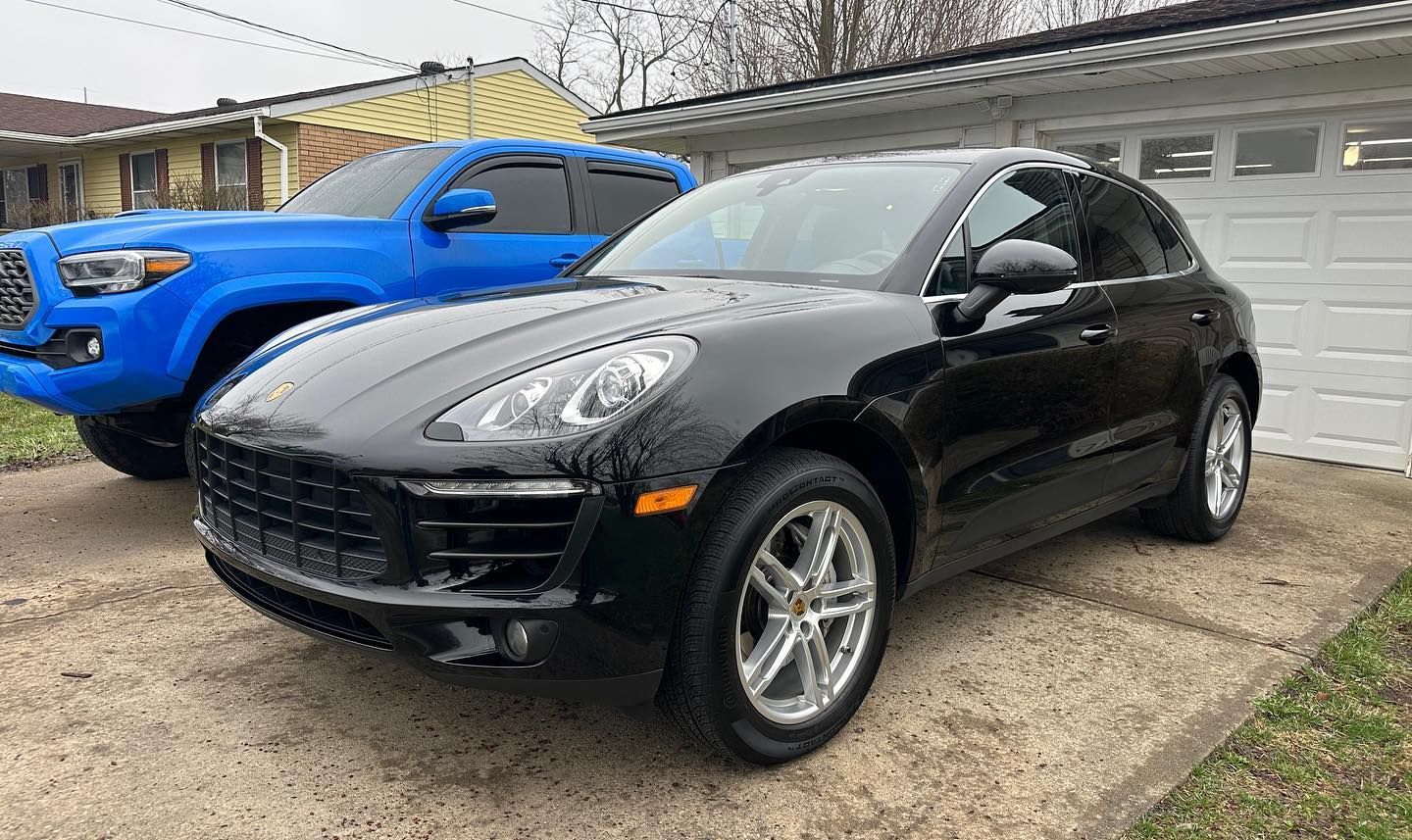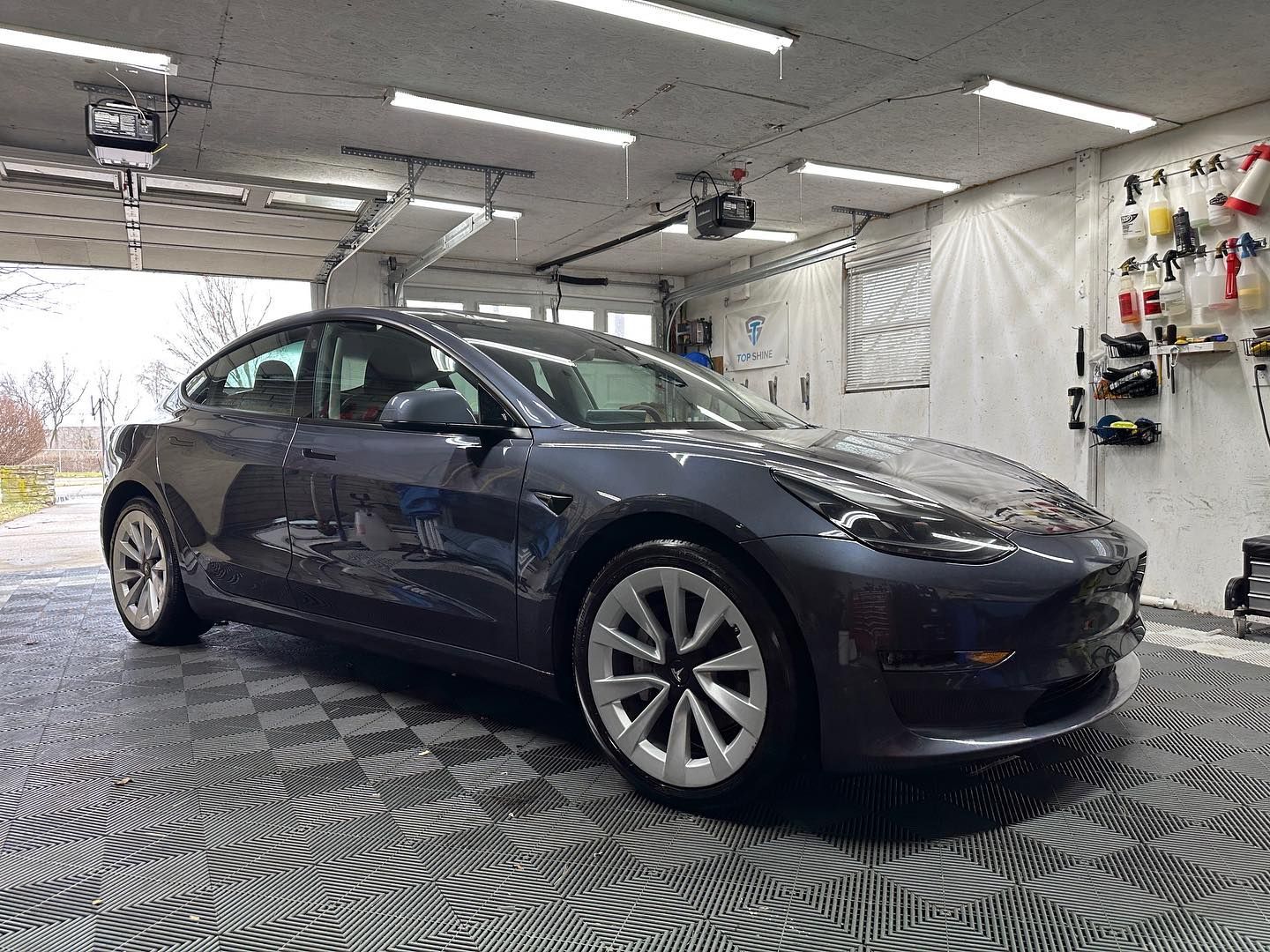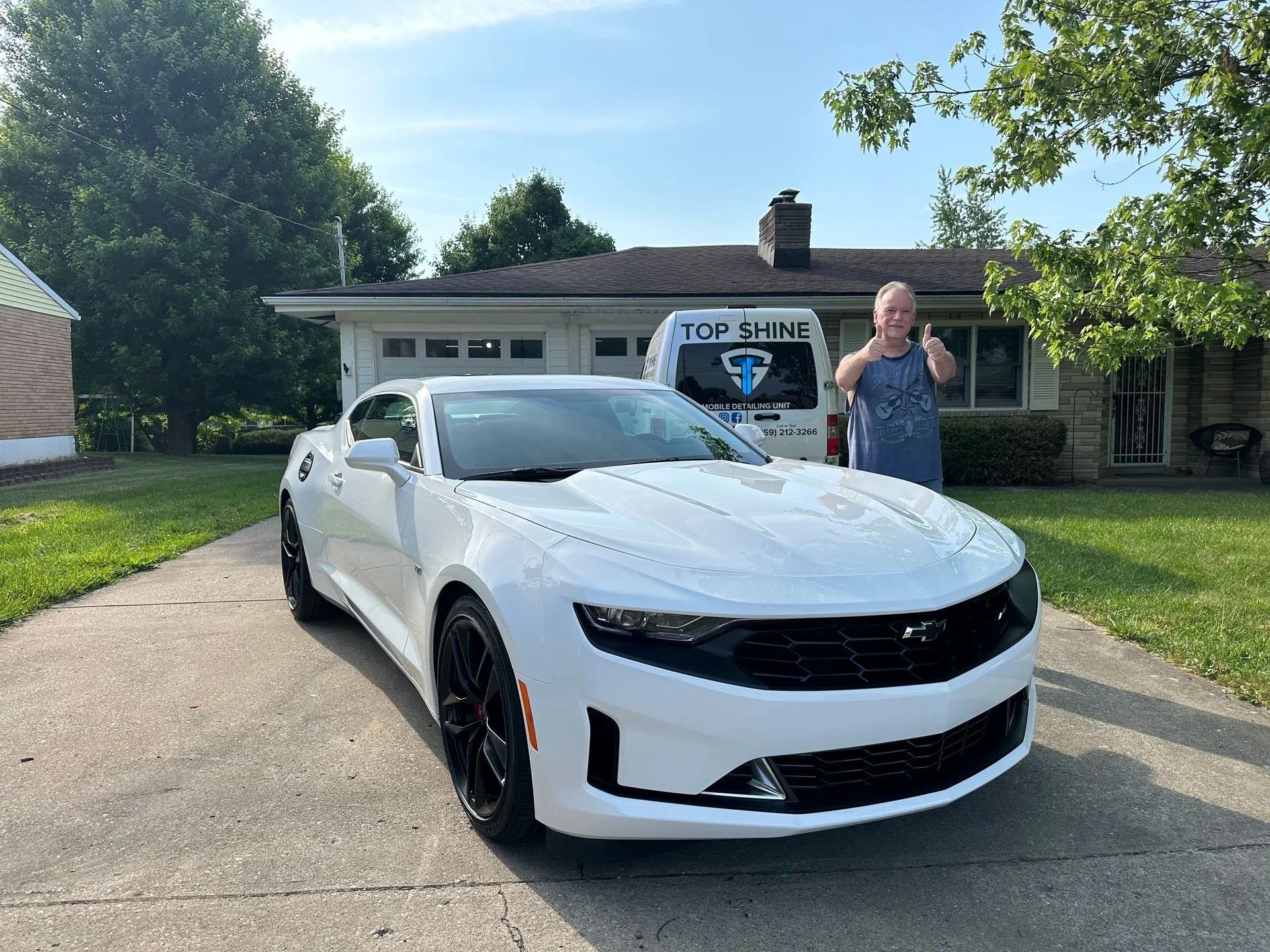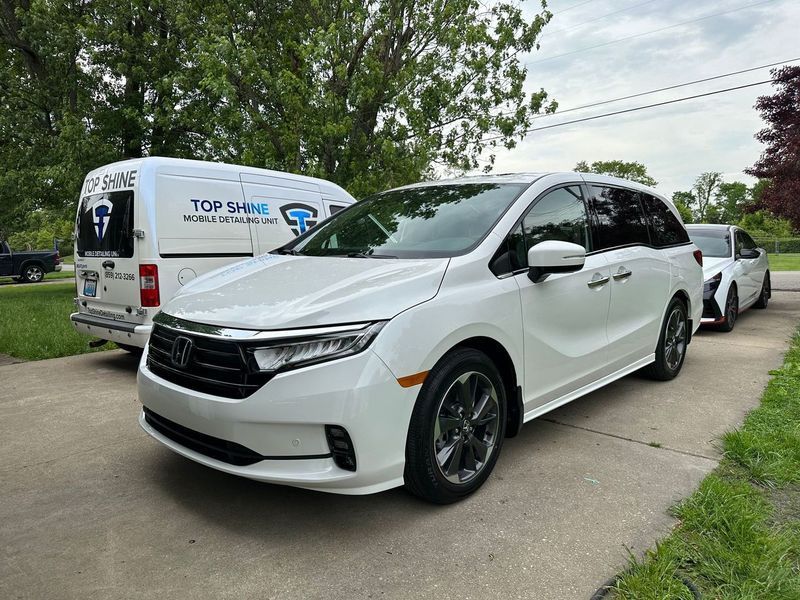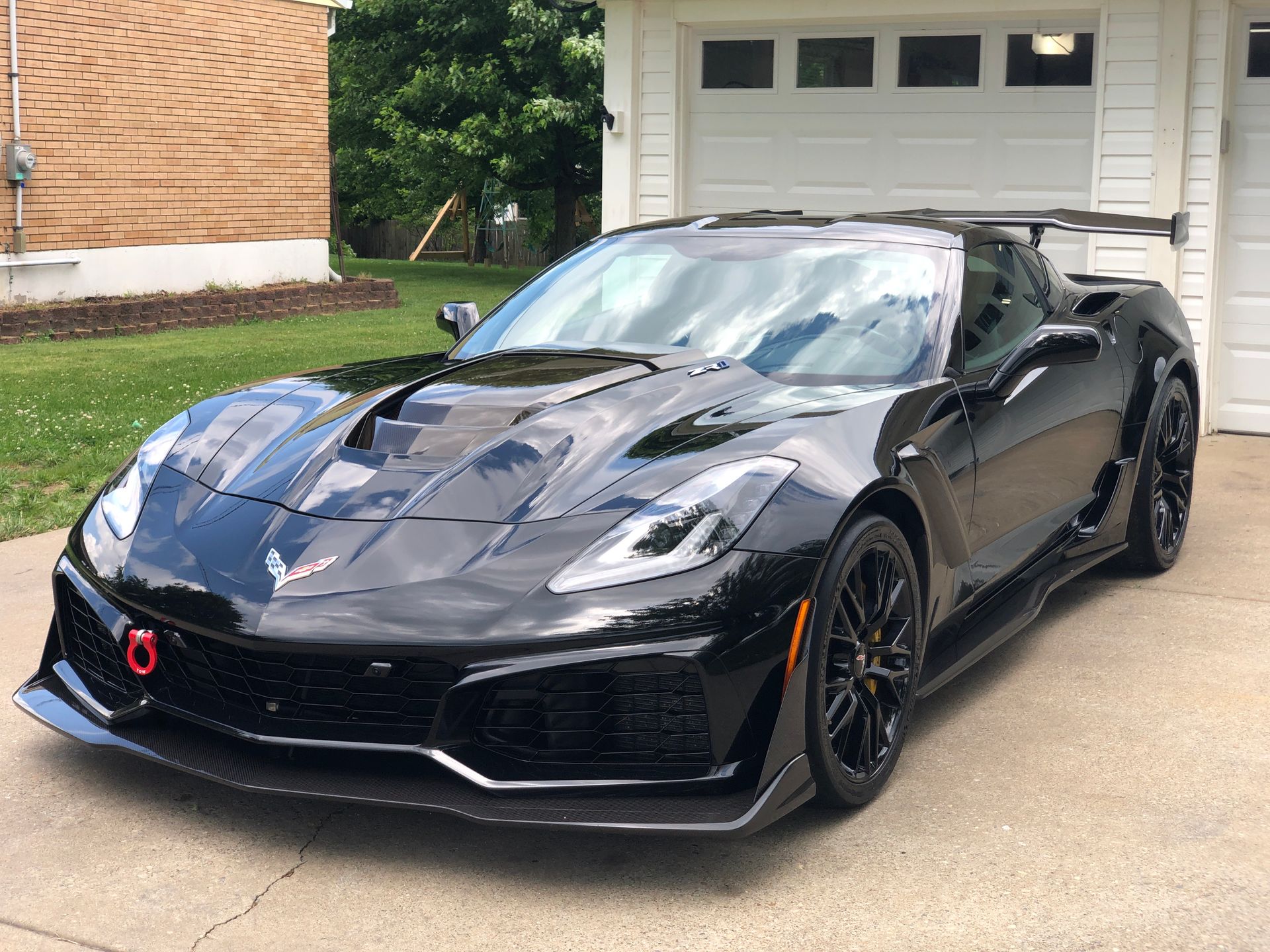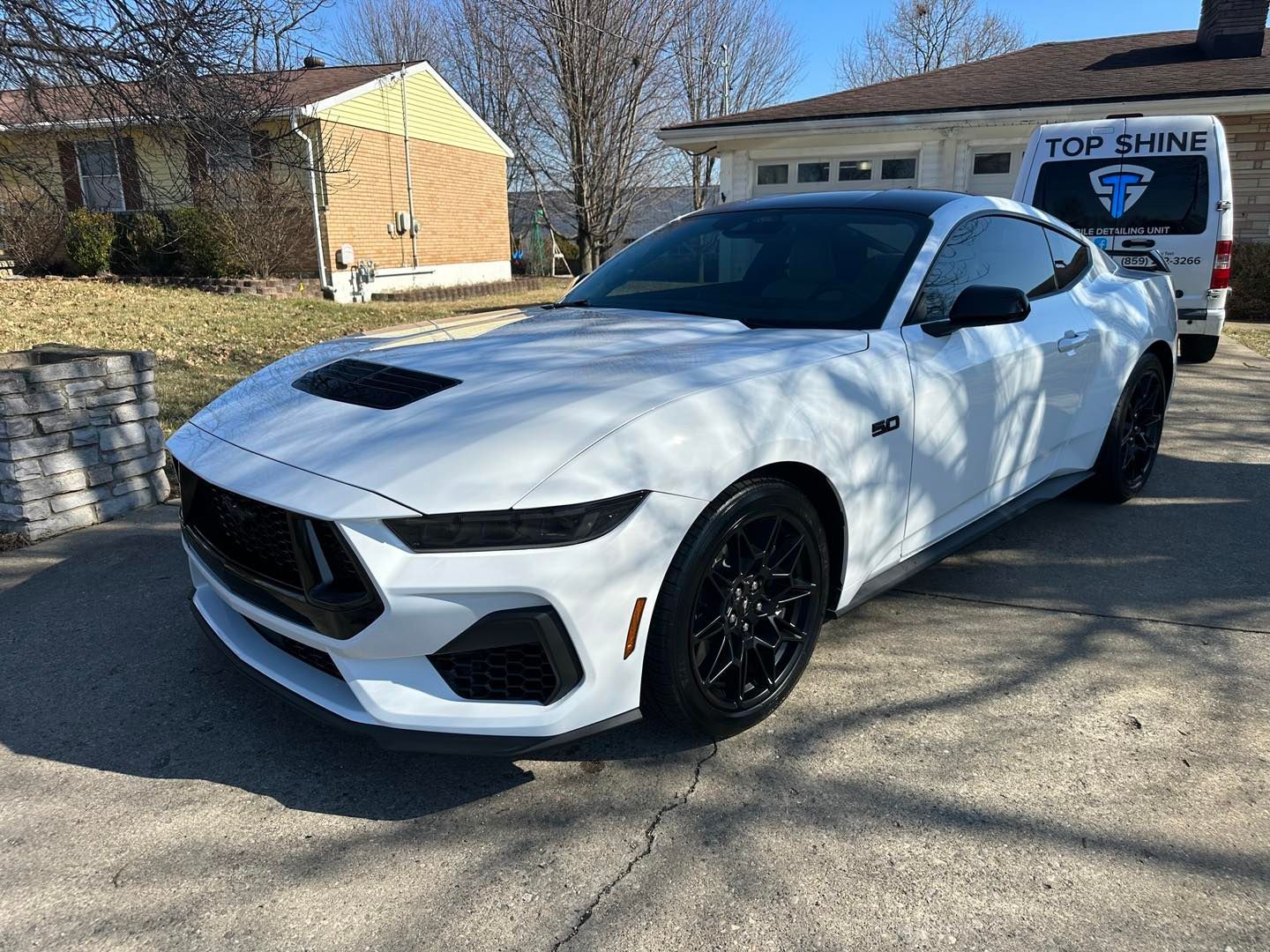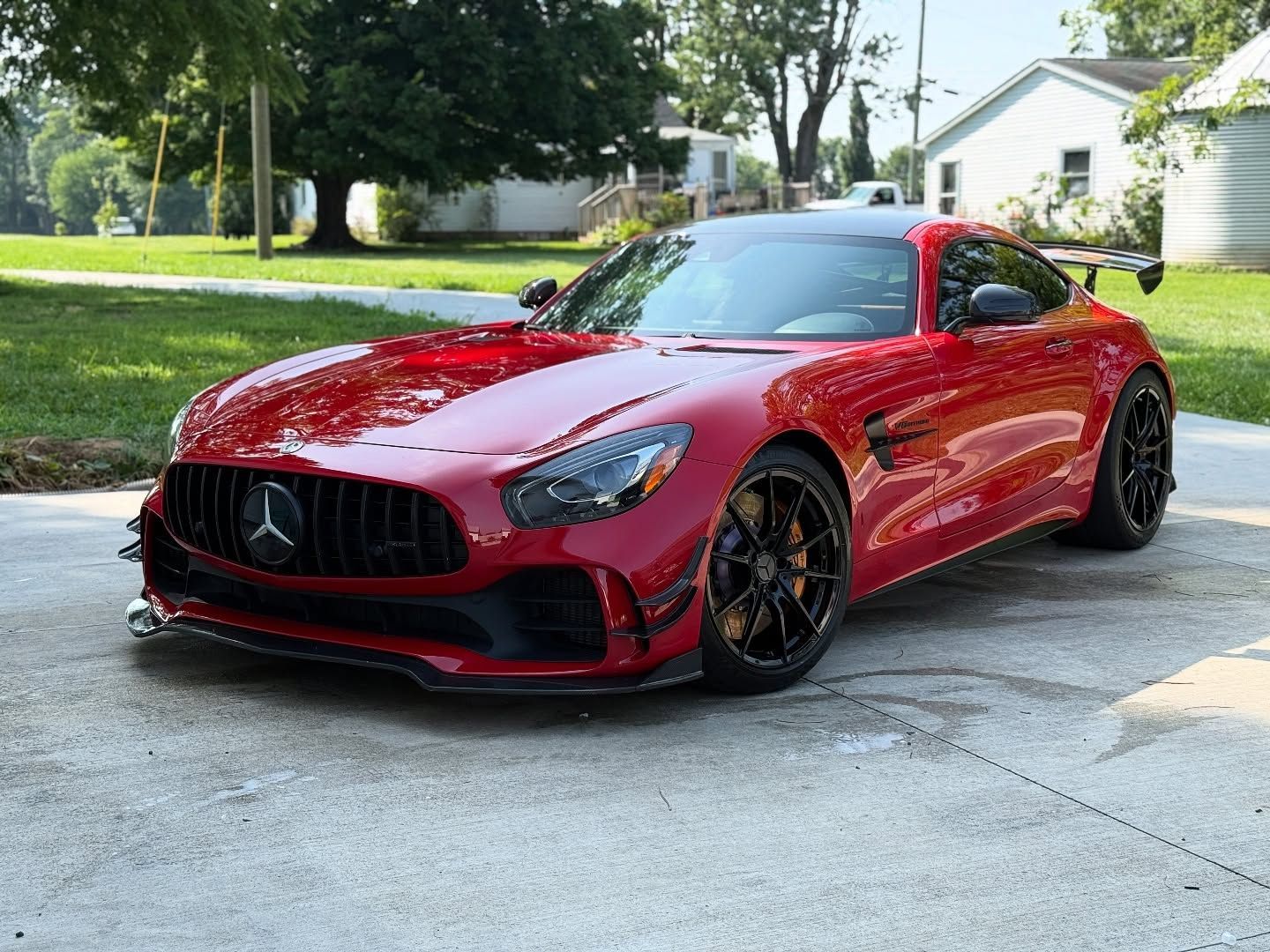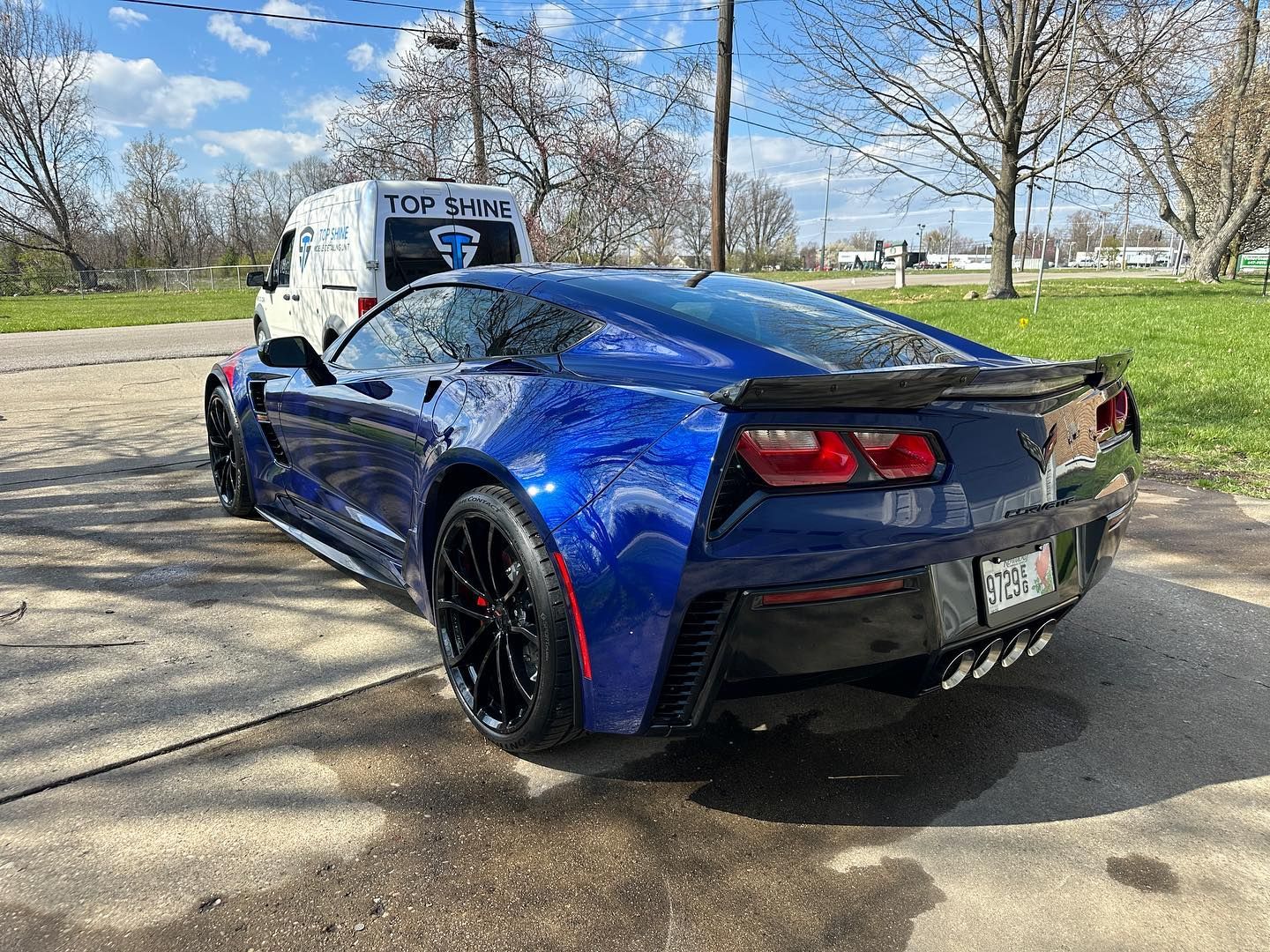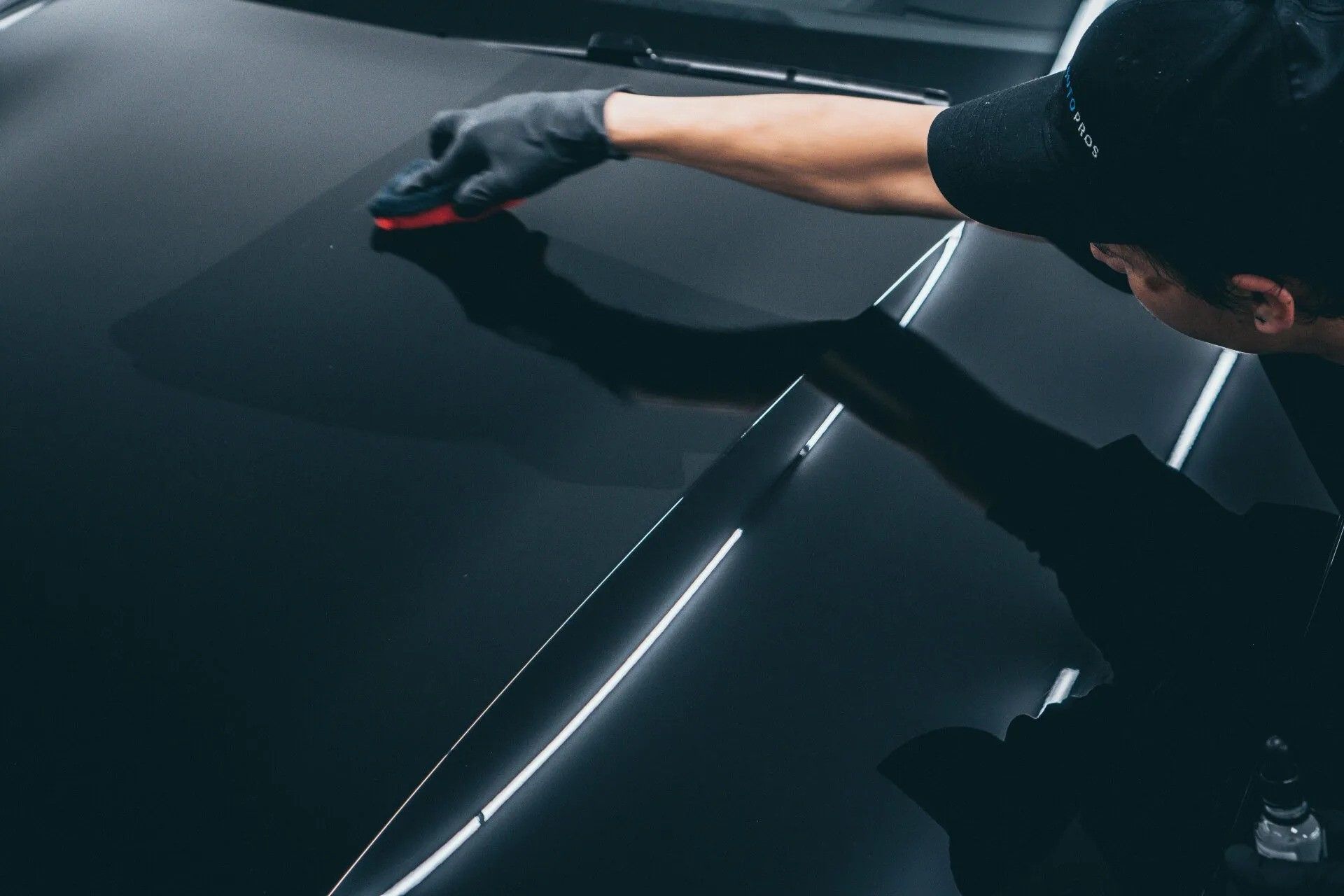How Long Does Ceramic Coating Take to Cure? Understanding the Time and Process
When it comes to protecting the vehicle's paint, many car owners may wonder if ceramic coating is really worth the investment. A thorough understanding of ceramic coating's operation and curing procedure can aid in decision-making. Not only does this specialized coating provide a durable layer of protection against marks, dirt, and UV rays, but knowing what to expect during the curing period can greatly enhance its effectiveness. In this article, we’ll dive into the timing and steps involved in curing ceramic coatings. The initial cure of ceramic coating takes approximately 24 to 48 hours, during which the majority of performance preparation occurs. However, achieving maximum hardness can take several days to several weeks, with some coatings potentially peaking after a month or longer, depending on environmental conditions and application thickness.
Environmental Factors Affecting Curing Time
The complex relationship between humidity and temperature has a big impact on how quickly and effectively a ceramic coating cures. When working with these high-quality products, it's important to understand that they actively respond to their surroundings.
For instance, ideal conditions generally sit comfortably between 70°F and 80°F, with relative humidity hovering around the 50% mark. These conditions establish a favorable environment that promotes the efficient evaporation of solvents and optimal bonding.
High humidity poses unique challenges, as it can slow the evaporation process significantly. High humidity conditions trap moisture in the ceramic layer, extending initial curing times and potentially compromising durability and efficacy.
Conversely, while low humidity with elevated temperatures might seem like an ideal scenario for quick drying, it can lead to other complications.
Excessive heat in low-humidity environments can induce rapid surface curing that doesn’t allow the underlying layers to cure uniformly. This uneven curing not only diminishes protective capabilities but could also result in visible imperfections.
Additionally, direct sunlight can worsen these issues by raising surface temperatures too high during application, thereby causing premature curing of the top layer while preventing that deep, reliable bond necessary for long-term protection.
It’s vital to consider applying coatings within climate-controlled spaces whenever possible to successfully achieve that perfect balance for optimal performance. Such considerations will significantly elevate the results and extend the longevity of the vehicle's finish.
Here at Top Shine Detailing, we prioritize maintaining environmental conditions conducive to high-quality workmanship, ensuring every application is conducted under optimal settings, leading to fantastic outcomes that'll keep your vehicle looking its best for years to come.
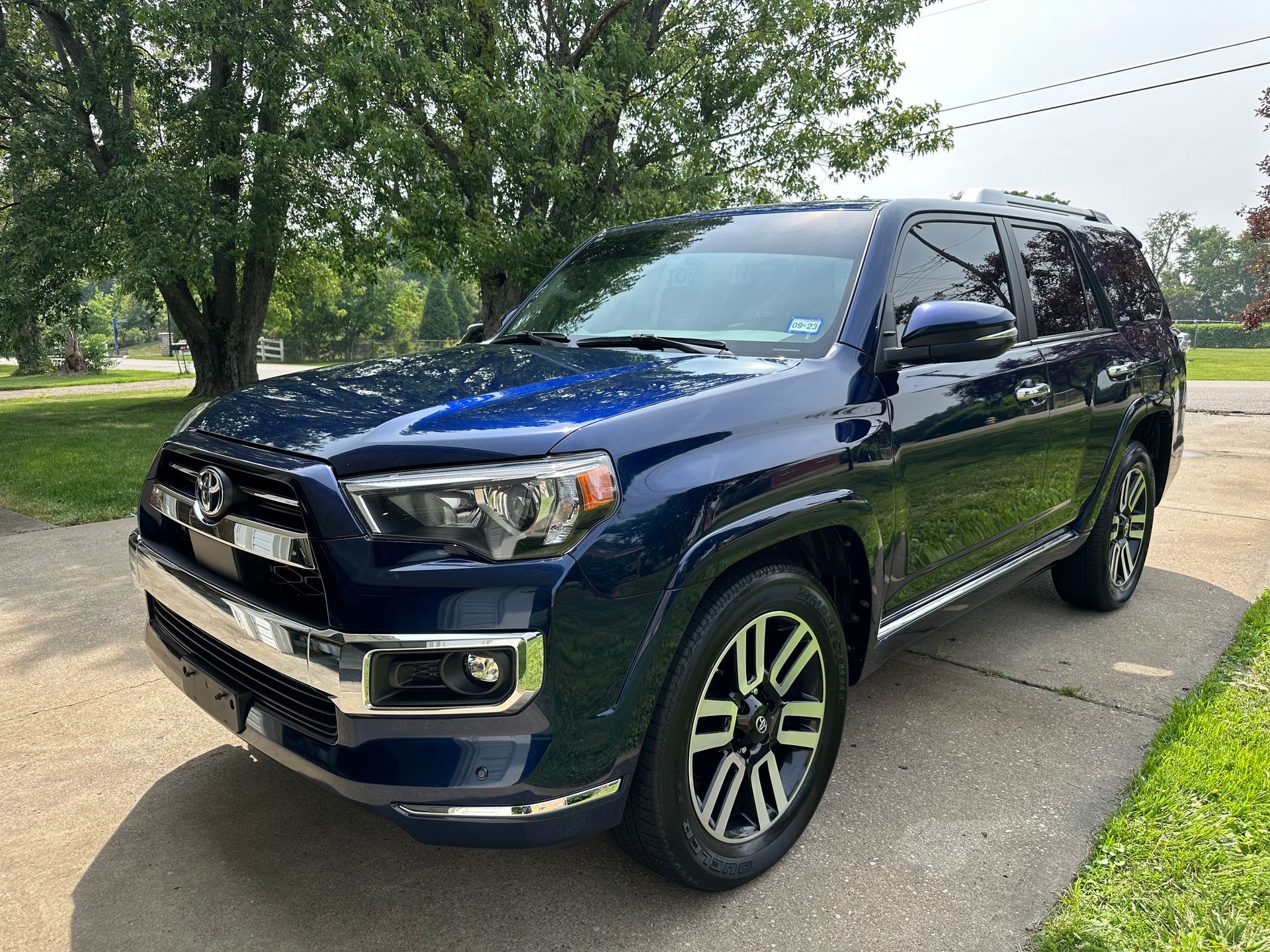
Typical Timeframes for Ceramic Coating Curing
Ceramic coatings do not cure on contact. Instead, they unfold through three distinct phases, each requiring time and patience for optimal results.
Phase I: Initial Cure takes approximately 24 to 48 hours. During this critical period, solvents evaporate from the application, allowing the coating to start hardening. It’s important not to rush or disturb this phase; even minor moisture exposure can affect the outcome.
After the initial curing period has passed, we transition into the next phase.
Phase II: Chemical Bonding. This stage occurs once the solvents have evaporated and can last up to a week. During this phase, the ceramic coating chemically bonds with your vehicle's paint surface—a pivotal step that enhances durability and provides that protective layer against elements like UV rays and contaminants. Notice how both patience and environmental conditions play a role here; a humid environment may slow down this bonding process.
Phase III: Full Cure. This final stage can last anywhere from 2 to 4 weeks. During this time, the ceramic coating matures fully to reach its maximum hardness and protective capabilities. While it may feel lengthy, it's essential because rushing this phase could compromise its durability, leading to potential damage or wear sooner than expected.
Throughout these phases, factors such as temperature and humidity significantly affect the curing process. Hot and dry weather, for example, can speed up evaporation during Phase I but may not always promote effective bonding if conditions are too extreme. Thus, keeping an eye on environmental factors is vital for the vehicle's meticulous protection to solidify.
Ensuring Proper Curing
The process of curing a ceramic coating is delicate and requires attention. It begins with adhering strictly to the manufacturer’s instructions. Following these guidelines isn't just a suggestion; it's vital. A typical mistake is adding moisture too soon. For instance, the curing process may be hampered if the car gets wet within the first 48 hours of application.
To protect the investment, it's essential to avoid washing the vehicle for the first week after application. Allowing the coating to settle properly will yield better results.
Another critical aspect is how and where to store the vehicle post-application. During that first week, keeping your car in a shaded area helps shield it from harsh sunlight that could affect the curing time. Excessive heat can cause rapid drying, possibly compromising the bond between the coating and the paint surface.
Correct curing influences the coating's longevity and effectiveness over time. By adhering to simple yet crucial steps, you're enhancing appearance while ensuring durability against environmental elements and marks. This thoughtful approach allows for a finish that not only looks exceptional but also stays that way for years.
Post-Application Care
Caring for a freshly coated vehicle may feel daunting, but it’s quite simple when you know what to do. First and foremost, using the right products is crucial. Opt for pH-neutral car shampoos during car washes. Harsh chemicals in some conventional cleaners can undermine the integrity of the ceramic coating over time.
While washing, consider rinseless or waterless car washes. These solutions are designed for quick cleanups while reducing the risk of marks. They’re especially beneficial if someone lives in an area with limited access to water or on days when temperatures drop too low for a standard wash.
To accentuate the longevity of the coating, incorporating microfiber towels into the cleaning routine is indispensable. These towels are soft and gentle on surfaces, minimizing the likelihood of marks.
Another tip worth mentioning is to apply a maintenance spray every few months. This spray acts like a booster shot for the ceramic coating, enhancing its hydrophobic properties and ensuring water beads off effortlessly. It’s akin to giving the vehicle a revitalizing treatment that extends its protective benefits against dirt and grime.
Consistent post-application care ultimately ensures that the ceramic coating remains effective for years to come, safeguarding not just the beauty but also the value of your vehicle.
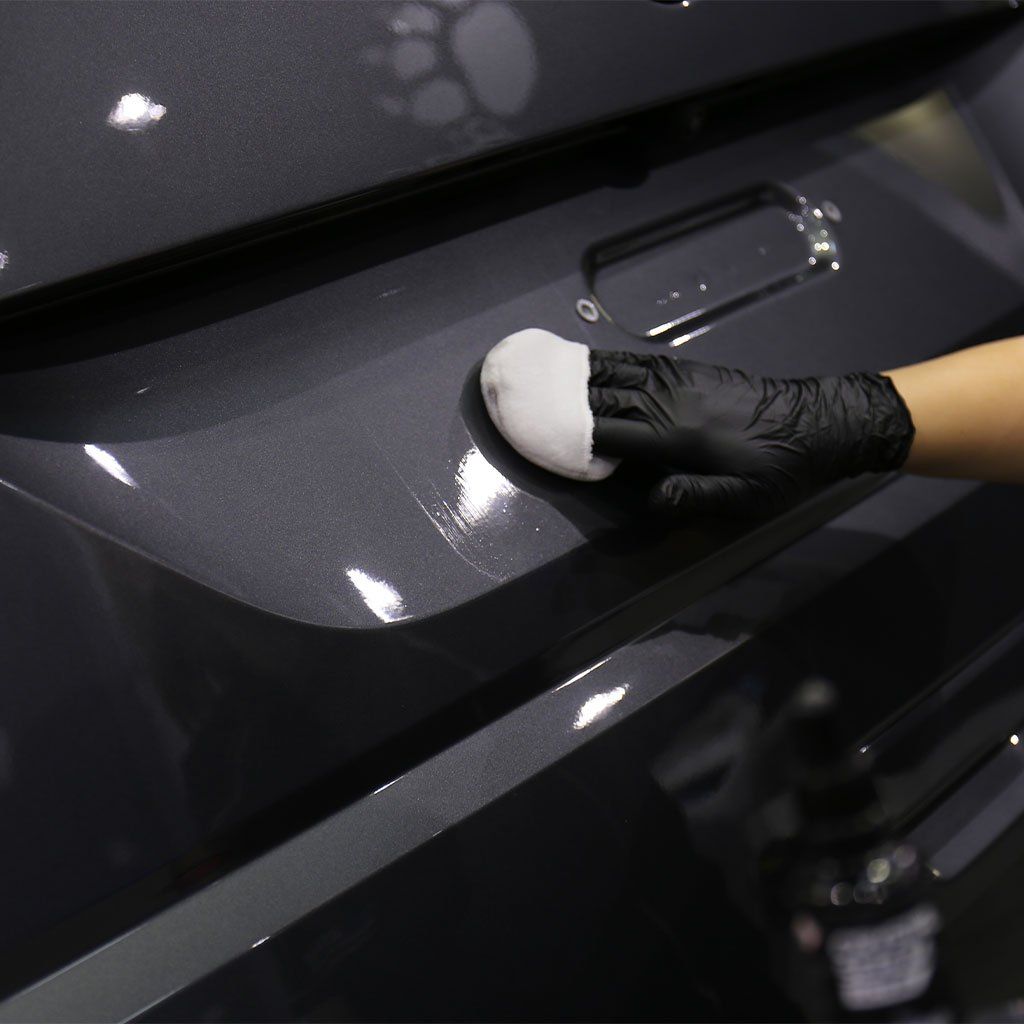
Long-Term Maintenance Tips
To truly maintain the benefits of ceramic coating, a little routine care goes a long way. A key aspect is performing regular hand washes every two weeks. This is crucial because using automatic car washes can actually damage the coating over time, especially with harsh brushes or chemical residues that can accumulate.
By opting for a gentle hand wash, you can effectively remove dirt and grit without risking scratches or dulling the surface. Regular washing helps maintain that fresh look while ensuring no contaminants take residence on the vehicle’s surface.
Beyond just washing, conducting an annual inspection serves as a proactive step in maintaining the integrity of that ceramic layer. Look out for any signs of wear or dullness. If you notice patches that aren’t gleaming like they once did, it might be time for a reapplication of the coating's top layer. This refreshes its effectiveness and shields your vehicle further against environmental hazards.
Addressing wear and tear immediately is critical in prolonging the lifespan of the ceramic coat. Every time you spot an issue—be it water spots or fading—taking immediate corrective action is essential for keeping your vehicle's finish flawless.
Trust Top Shine Detailing for Long-Lasting Ceramic Protection
Understanding the ceramic coating curing process is essential for maintaining your vehicle’s flawless finish. While the surface may feel dry to the touch within 24 hours, the full curing period can take anywhere from 5 to 7 days, depending on environmental conditions and the product used. During this time, it’s crucial to protect the vehicle from water, debris, and other contaminants to ensure the coating bonds correctly and delivers long-term durability and shine. Patience during this phase pays off in the form of superior protection, easier maintenance, and a glossy finish that lasts.
Contact Top Shine Detailing at (859) 212-3266 for expert ceramic coating services and aftercare advice. Our trained technicians ensure your car receives the attention it deserves—from prep to full cure. Let us help you maintain that showroom shine year-round.
